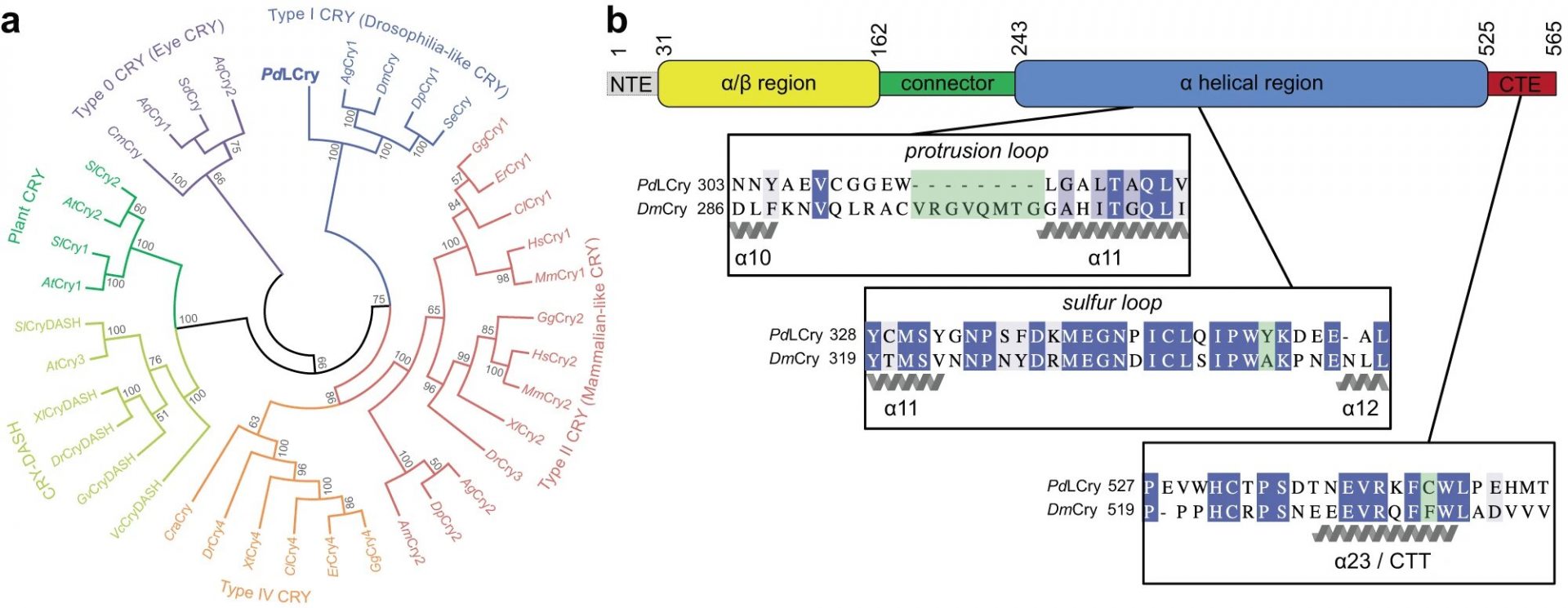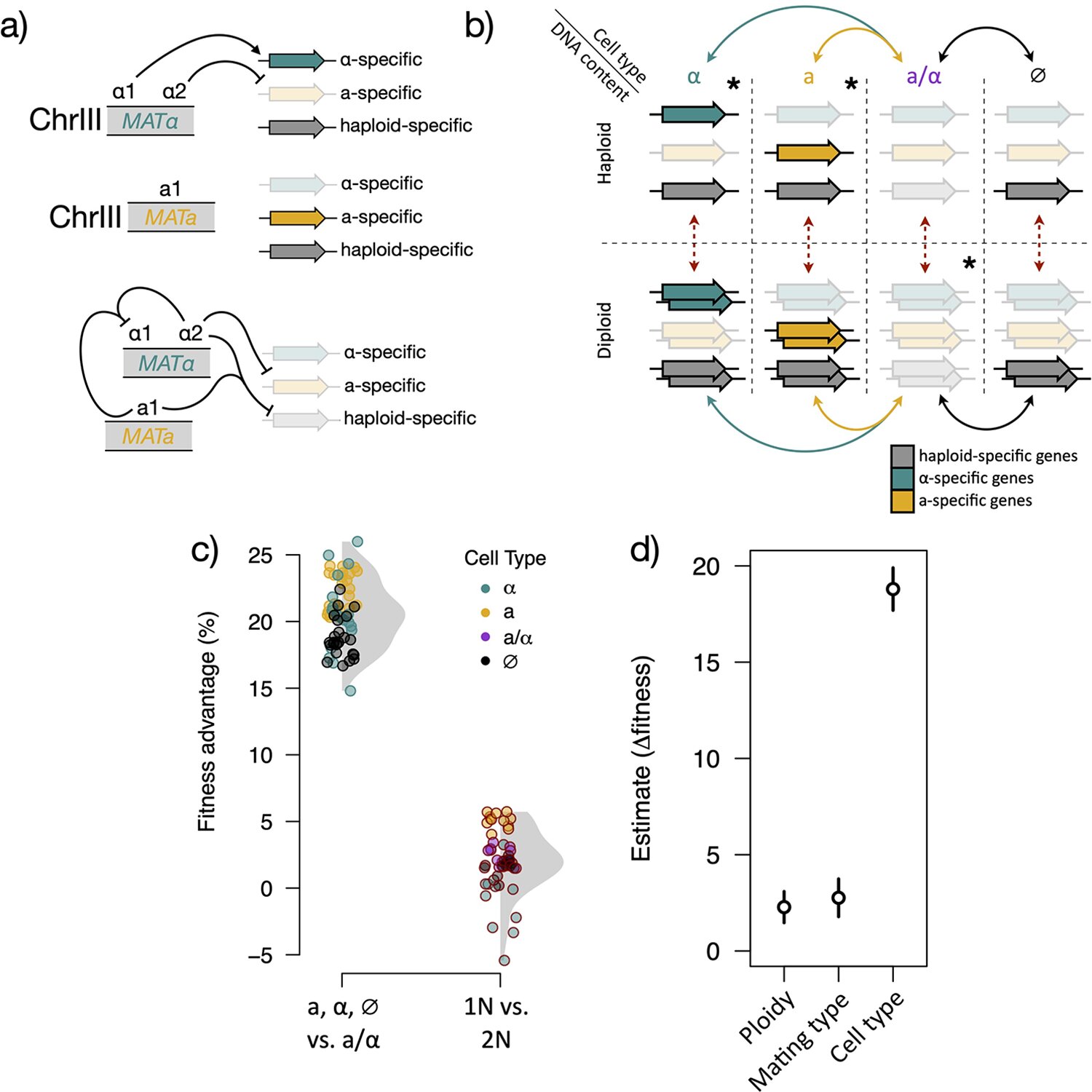In a groundbreaking study published in Nature Communications, a team of researchers from Johannes Gutenberg University Mainz (JGU), the University of Cologne, and the University of Oldenburg has unveiled fascinating discoveries about an extraordinary cryptochrome protein (Cry).
Cryptochrome proteins are found in various organisms and play a crucial role in light-controlled biological processes. For instance, the marine bristle worm Platynereis dumerilii utilizes a unique Cry protein called L-Cry to differentiate between sunlight and moonlight, as well as different moon phases. This ability is essential for the worms to synchronize their reproduction with the full moon phase using an internal monthly calendar known as a circalunar clock.
To delve deeper into the functioning of L-Cry, the researchers in Cologne employed the cryo-electron microscopy platform to visualize the protein’s three-dimensional structure under different light conditions. Combining these structural analyses with biochemical investigations conducted primarily at Mainz University, the team made a remarkable discovery. In the dark, L-Cry adopts a dimer arrangement, consisting of two subunits connected by a stable bond. However, under intense sunlight-like illumination, it disassembles into its individual subunits or monomers.
What makes L-Cry even more intriguing is not just its unusual spatial arrangement in the dark, which differs from other Cry proteins, but also the direction of its light-induced changes. Unlike other Cry proteins that transition from monomer arrangements in the dark to dimer or higher oligomer arrangements in the light, L-Cry exhibits the reverse process. This unprecedented behavior sheds light on how L-Cry distinguishes between sunlight and moonlight. Intense sunlight activates both subunits simultaneously, leading to their breakdown, while weaker moonlight statistically activates only one of the two subunits.
The research team also identified the key structural features of L-Cry responsible for this unique behavior. Leveraging their understanding of the protein’s three-dimensional structure, the researchers introduced targeted mutations in L-Cry to gain further insights into its role as a photoreceptor.
“Our findings provide a potential explanation for how L-Cry differentiates between sunlight and moonlight,” explained Professor Eva Wolf of the JGU Institute of Molecular Physiology, who spearheaded the study at Mainz University. “Intense sunlight activates both subunits of the dimer simultaneously, initiating its breakdown. In contrast, the weaker moonlight statistically activates only one of the two subunits.”
This study not only highlights the exceptional nature of L-Cry among the diverse Cry proteins but also offers valuable insights into the molecular processes of the circalunar clock. These findings pave the way for future research to unravel the mysteries surrounding the synchronization of the circalunar clock with the moon phases.
Working with light-sensitive proteins presents its own set of challenges, as Hong Ha Vu, a doctoral candidate in Professor Eva Wolf’s research group at JGU, explains. “To analyze L-Cry proteins, we must conduct all experimental processes in the dark or under specific red light conditions to prevent unintentional pre-activation of these light-sensitive proteins. Additionally, for functional characterization, we need to replicate the lighting conditions found in the bristle worms’ natural habitat, resembling underwater sunlight and moonlight illumination.”
Professor Eva Wolf adds, “Our investigations have provided crucial insights into the workings of this extraordinary sunlight and moonlight receptor. Furthermore, our understanding of L-Cry’s structure and molecular mechanisms opens up new avenues of research to deepen our understanding of the molecular processes involved in synchronizing the circalunar clock with the moon phases, which are still largely unknown.”








